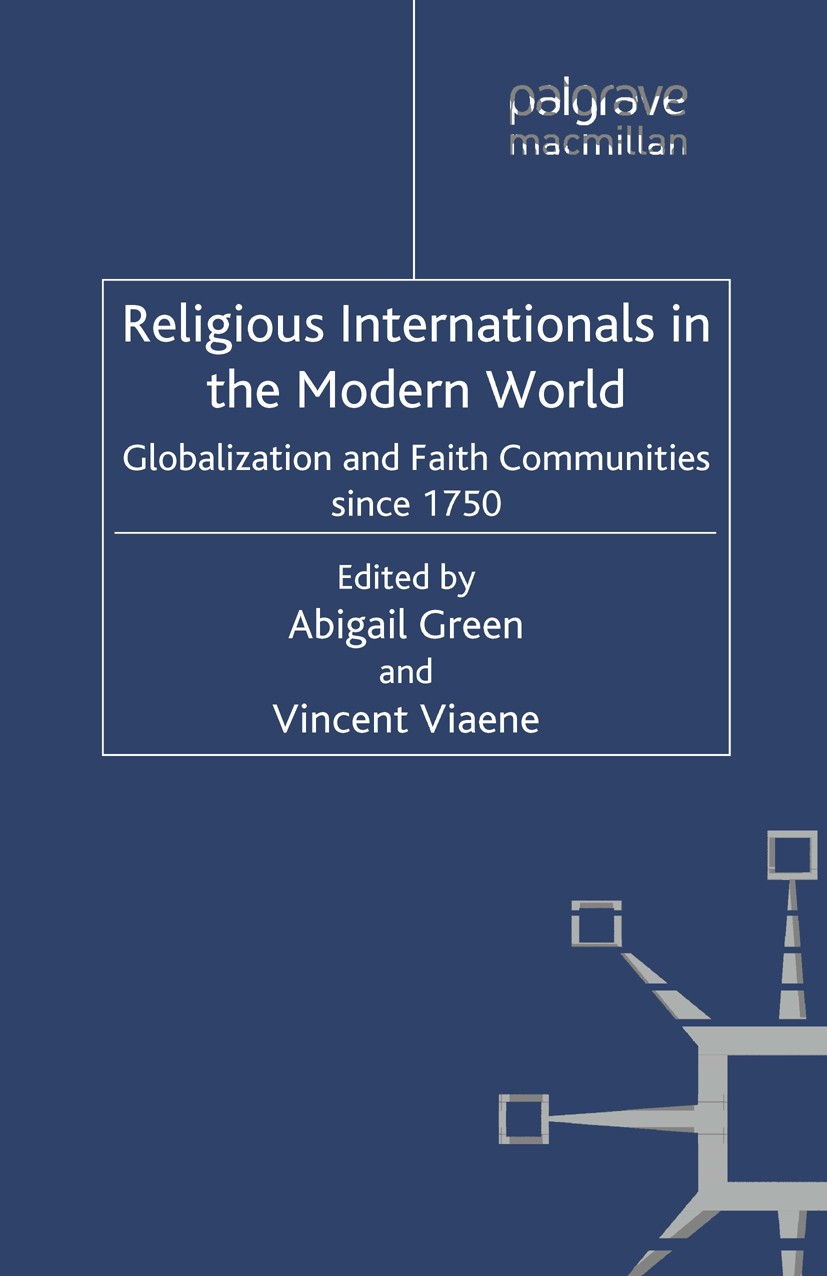| 书目名称 | Religious Internationals in the Modern World |
| 副标题 | Globalization and Fa |
| 编辑 | Abigail Green (CUF Lecturer and Fellow in Modern H |
| 视频video | http://file.papertrans.cn/827/826728/826728.mp4 |
| 丛书名称 | Palgrave Macmillan Transnational History Series |
| 图书封面 |  |
| 描述 | Tracing the emergence of ‘Religious Internationals‘ as a distinctive new phenomenon in world history, this book transforms our understanding of the role of religion in our modern world. Through in-depth studies comparing the experiences of Buddhists, Christians, Hindus, Jews and Muslims, leading experts shed new light on ‘global civil society‘. |
| 出版日期 | Book 2012 |
| 关键词 | globalization; history; Islam; religion; society; world history |
| 版次 | 1 |
| doi | https://doi.org/10.1057/9781137031716 |
| isbn_softcover | 978-1-349-34006-4 |
| isbn_ebook | 978-1-137-03171-6Series ISSN 2634-6273 Series E-ISSN 2634-6281 |
| issn_series | 2634-6273 |
| copyright | Palgrave Macmillan, a division of Macmillan Publishers Limited 2012 |
 |Archiver|手机版|小黑屋|
派博传思国际
( 京公网安备110108008328)
GMT+8, 2025-12-27 05:18
|Archiver|手机版|小黑屋|
派博传思国际
( 京公网安备110108008328)
GMT+8, 2025-12-27 05:18


